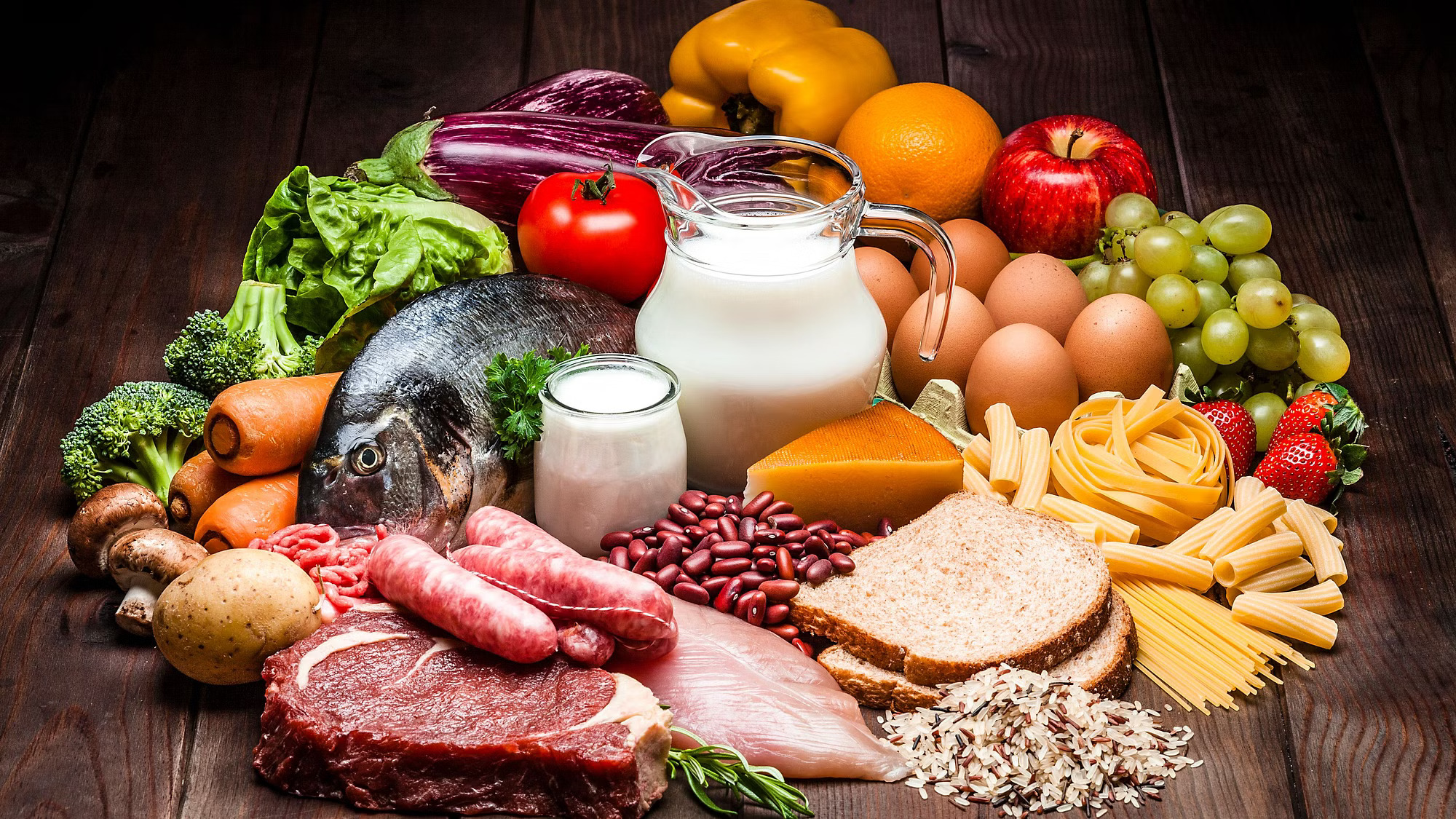Food: Which are the five most climate-friendly – Organic is a negative surprise

The climate footprint of two hundred total foods and our meal ingredients divided into five groups (fruit, vegetables, meat, dairy and vegetarian or vegan substitutes) was examined.
A pineapple transported to Germany by plane has 25 times worse climate performance than the same fruit arriving by ship.
Something similar happens with local fruits and vegetables. But be careful!
In addition, the research emphasizes that “if tropical forests are cleared for palm oil cultivation or if (as is the case in Germany) wetlands are converted into arable land, the balance of the climate deteriorates significantly. Sometimes carbon dioxide (CO2) emissions are even doubled.
Cultivation, transport and packaging determine the climate footprint of food
What is new in this research is not the confirmation of the finding that the atmosphere is burdened by the products themselves, but that a targeted comparison was made for the first time as to what influence production, transport, packaging and various other parameters have, such as land use. “The important thing is that carbon dioxide (CO2) should not be the only criterion for their evaluation. Reducing (however) the consumption of meat and animal products is a key variable for a sustainable change in our diet,” emphasizes Dr. Reinhardt.
The second part of the research examines how climate-friendly the various accompaniments to our meals are. “Some ‘decide’ their ecological balance: Beef and rice not only have a large impact on the climate, but also require a lot of fertilizer and water to produce them,” according to the study.
Instead of beef, one can use – especially in preparations with minced meat – pork or the climate-friendly soybean, since a kilogram of the latter releases only 1 kilogram of carbon dioxide, while a kilogram of minced beef emits 9.2 kilograms of CO2.
Also, rice can be easily replaced with pasta, potatoes or olira/zea (dinkel). Of course, burgers with vegetable patties also have a better ecological balance with about 1.5 kg of CO2 compared to beef. Also, one kilogram of chicken is “responsible” for 5.5 kilograms of CO2, pork for 4.6 kilograms and eggs for 3.0 kilograms.
The top five most climate-friendly foods
1) Carrots and white cabbage. Fresh and unpackaged, they have the lowest CO2 footprint of the 200 foods examined: the production of one kilogram of produces correspondingly just 0.1 kg of CO2.
2) Next are apples, strawberries, broccoli, leeks, courgettes, spinach, potatoes, courgettes, lettuce and arugula: one kilo of these (freshly picked) emits no more than 0.3 kilos of CO2.
3) The third place is occupied by milk substitutes. The production of one kilogram of plant-based milk from oat, spelt (Dinkel) or almond emits 0.3 kg of CO2, i.e. significantly less than cow’s milk (1.5 kg). By the way, butter (one kilo) releases about 10 kilos and cheese 7.2 kilos of CO2.
4) Next are bread and grain products: one kilogram emits just 0.6 kg of CO2. The same applies to other cereal products (pasta or oatmeal).
5) In fifth place are sources of vegetable proteins. Soy, lentils or nuts are far superior to animal products. One kilogram of lentils, for example, produces 1.3 kilograms of CO2 and one kilogram of peanuts produces only 0.8 kilograms of carbon dioxide.
Organic food
But what about organic products? Many will be surprised, but organic animal products in particular have a worse climate footprint than conventionally farmed meat, milk or eggs. “Organic products do not save the climate”, as Dr Guido Reinhard points out.
The production of 1 kg of organic beef emits an average of 21.7 CO2, while conventional beef only emits 13.6 kg. The reason is that organic farms because they have lower production and therefore require approx





